In the era of digital communication, the proliferation of internet slang has been significant. It has emerged as a parallel lexicon, shorthand expressions that are paramount in quick and informal dialogues. These acronyms, initialisms, and abbreviations have molded conversations, allowing for fast-paced interactions that reflect the rapid dissemination of ideas and emotions online. This article dives into one such prevalent acronym—IDK—its meaning, usage, and how it relates to the wider world of online slang.
| Key Takeaways: Decoding IDK and Online Slang Cousins |
|---|
| IDK Meaning |
| – IDK stands for “I don’t know”. |
| – Used to express uncertainty in digital communication. |
| Usage in Conversation |
| – Versatile across text, social media, and emails. |
| – Signifies brevity and convenience. |
| Related Slang |
| – Part of a vast array of online acronyms. |
| – Relatives include LOL, BRB, TTYL, etc. |
| Emotional Expressions |
| – Conveys emotions like indifference (IDK, MK). |
| – Can also signal urgency or assurance (ISTG, OMM). |
| Impact on Communication |
| – Shapes interactions, especially on social media. |
| – Signals in-group membership within communities. |
| Formality vs. Casualness |
| – Important to know when to use slang or full phrases. |
| – Slang fosters relatability in casual contexts. |
| Evolving Lexicon |
| – New slang terms emerge regularly (HYB, WTD). |
| – Keeping updated ensures digital fluency. |
| Conclusion |
| – IDK is integral for swift, adaptable communication. |
| – Understanding slang fosters online connections. |
Understanding IDK: The Basics
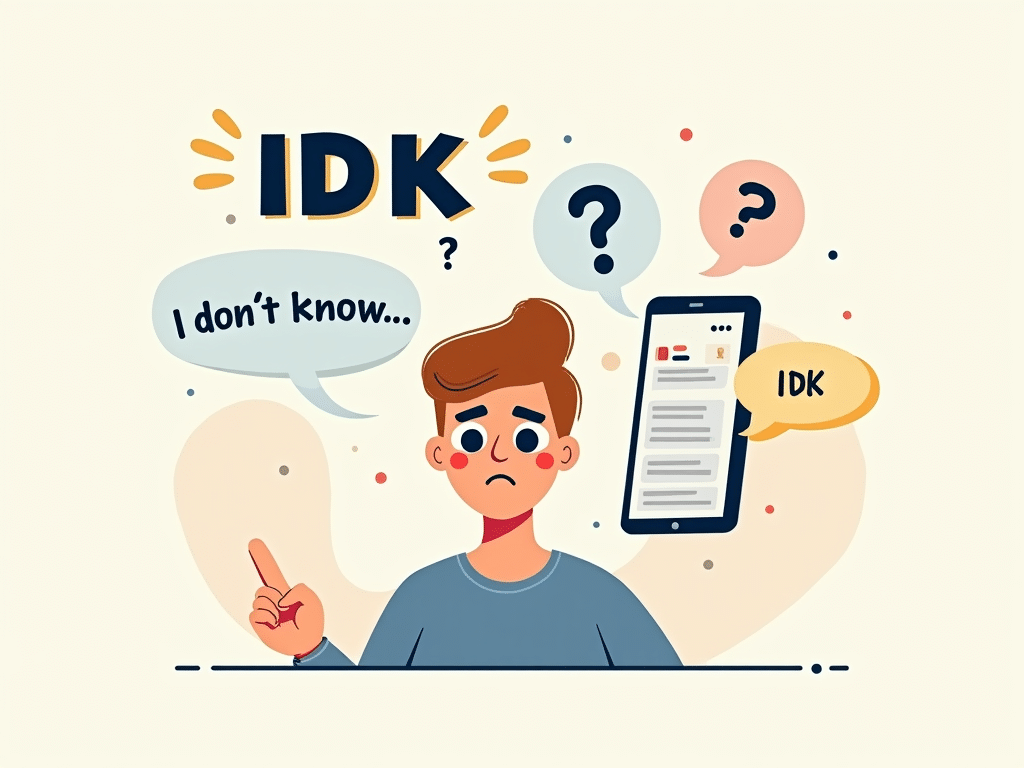
IDK stands for “I don’t know.” While the exact origin of the term is ambiguous, it has gained widespread usage with the advent of online chat rooms, forums, and text messaging. The simplicity and universality of the phrase have cemented it as a staple in internet slang. IDK is frequently used to express uncertainty or lack of knowledge about a topic, and it appears across various digital platforms, spanning from casual text messages to more public spheres like social media comments and posts.
The Versatility of IDK in Conversation
The beauty of IDK lies in its versatility. Whether on text, social media, instant messaging, or emails, IDK seamlessly fits into different forms of communication. Its concise nature makes it ideal for quick responses where brevity is valued.
Here are a few examples of IDK in use:
- “When’s the meeting?” “IDK, haven’t been updated yet.”
- “IDK if I can make it to dinner tonight, I might have to work late.”
- “What’s the answer to question 4?” “IDK, I’m confused about that one too.”
IDK and Its Slang Relatives
IDK is a part of the expansive universe of online acronyms that speak volumes within a few letters. These acronyms often stem from the need to convey messages swiftly and effortlessly. Common among them are LOL (laugh out loud), BRB (be right back), and TTYL (talk to you later). Each holds its own in the fast-paced arena of internet chatter.
Comparisons and Contrasts
IDK often gets compared to other expressions of uncertainty like MK, which stands for “Mmm okay,” implying a non-committal response. On the other hand, it contrasts expressions of certainty like ISTG, which stands for “I swear to God,” used to assert truthfulness or intense emotion.
Emotions and Abbreviations
Abbreviations like IDK are not just about brevity but also about the effective conveyance of emotions and tone. For instance, IDK can signal indifference or a lack of investment in the conversation. This contrasts with terms that convey a more certain emotional state, such as TYT for “Take your time,” which expresses patience, or FR meaning “for real,” which denotes sincerity.
From Indifference to Enthusiasm
Internet Slang in Digital Age Communication
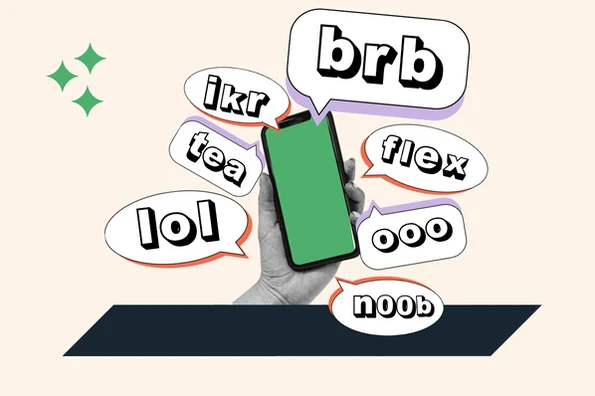
Internet slang plays a critical role in the dynamics of modern communication, shaping interactions and building digital cultures. Acronyms like IDK simplify conversations and can signal in-group membership or understanding within specific online communities. They have also gained immense popularity on social media platforms with the rise of acronyms like FYP on TikTok, and IMY, which is often used in comments and posts.
Balancing Formality and Casualness
Knowing when to use slang like IDK and when to opt for full phrases is crucial in maintaining the appropriate tone in various situations. In professional emails or formal writings, spelling out the phrase “I don’t know” is usually more suitable. However, in casual contexts, embracing slang can foster relatability amongst peers, much like LMS for “like my status,” or GRWM, which stands for “Get Ready With Me,” commonly used in social media captions and hashtags.
Internet Slang and its Expanding Lexicon
The future of internet slang is bound to evolve as new terms emerge and others fade out. Fresh slang enters the lexicon regularly, capturing the zeitgeist of the digital age.
Examples of new emerging slang:
Keeping Up with the Trend
Staying current with internet slang can be a challenge, but it’s essential for maintaining fluency in digital communication. Being part of online communities, following trends, and using resources like IHHT, which stands for “I Hate Hashtags,” can keep one’s online vocabulary fresh and relevant.
Conclusion
The adaptability and potent succinctness of IDK underscore its importance in digital communication. It’s a testament to the evolving language of the internet. Understanding internet slang can bridge communication gaps and foster connections across diverse online landscapes. By staying conversant with terms like IDK, BFFR, IKYFL, and OFC, one can navigate the digital world with ease.

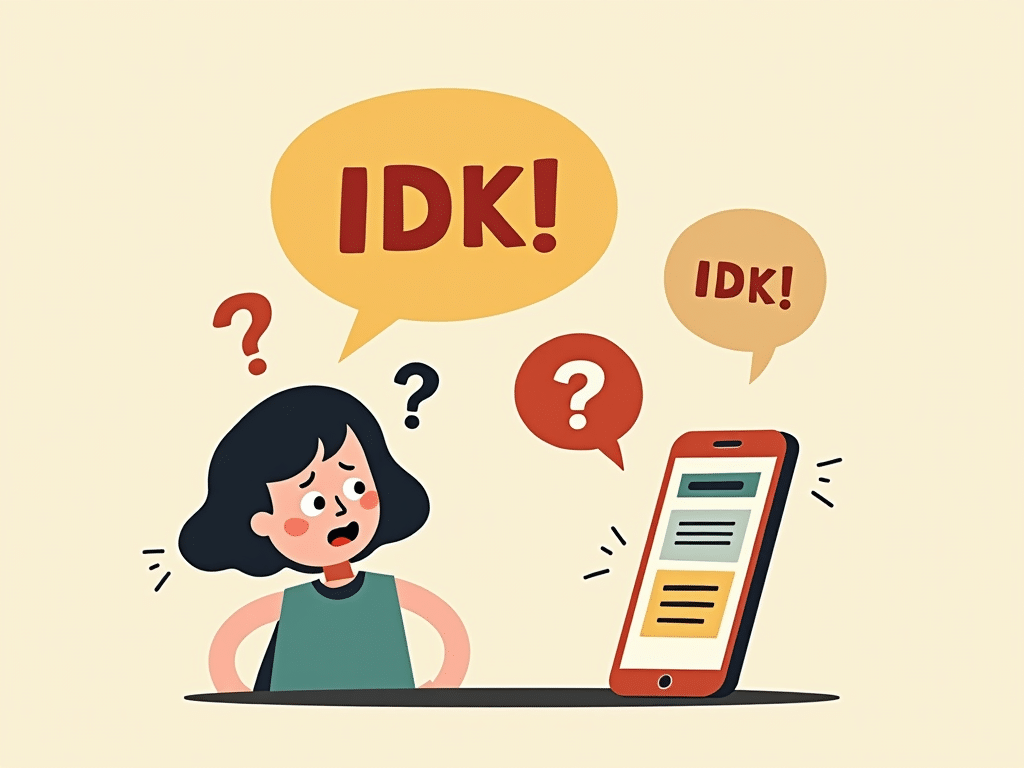
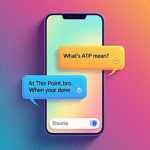



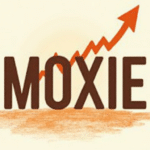

1 thought on “IDK Meaning”